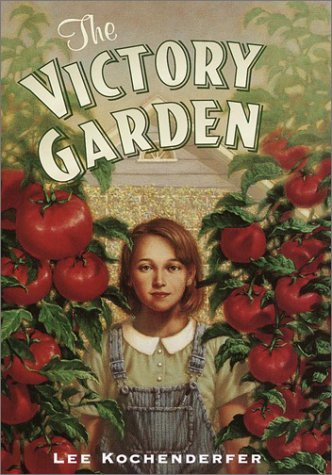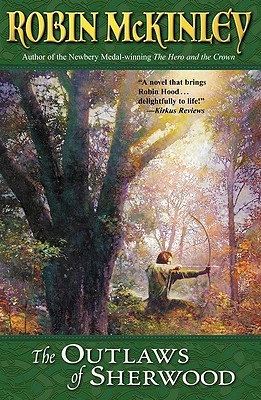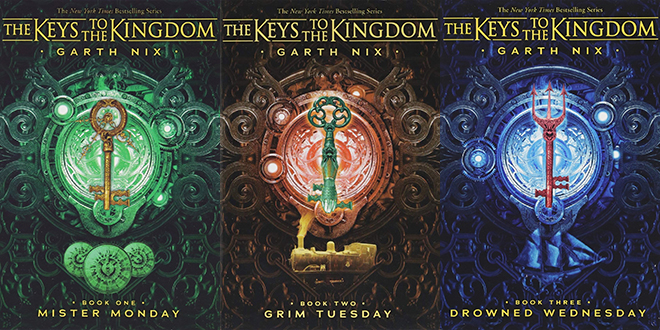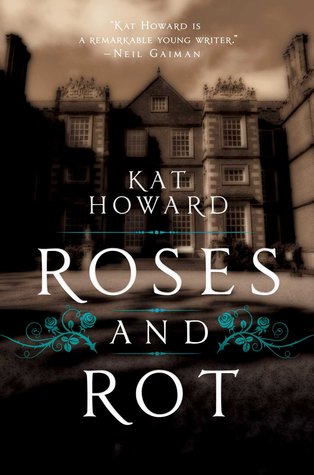[button color=”black” size=”big” link=”http://affiliates.abebooks.com/c/99844/77798/2029?u=http%3A%2F%2Fwww.abebooks.com%2Fservlet%2FSearchResults%3Fisbn%3D9780142400609″ target=”blank” ]Purchase here[/button]
The Harp of the Grey Rose
by Charles de Lint
Published in 1985, this was the first novel completed by a now famous and very prolific Canadian writer, as well as the first of a quartet of books featuring Cerin Songweaver. It establishes a magical fantasy world that figures in still more of de Lint’s books: a multi-layered world haunted by old gods (both good and evil) and by gods older still (who don’t lean either way); by wizards and tinkers and harpers and talking animals (who are really more than animals); by a multi-tiered society of erlkin (somewhat like Tolkien’s elves); by a complex array of horned beings called weren; by half-human, half-beast creatures; by giants, dwarves, and men; and by as many varieties of beings, light and dark, as you can keep track of.
It is a world that drinks of a blend of magics brewed from a multitude of lores, seasoned with its creator’s unique outlook. In fairness to my readers who are concerned about occult content, I have to admit that this outlook shares some tenets with modern paganism. But it also draws on the same wellspring of classical myth that has served many Christian writers. It tells the courageous story of a young man gifted with music and other powers even more rare, a lad named Cerin.
Orphaned as a small child, Cerin has been raised by a village wise-woman named Tess. As the son of outsiders and the ward of a suspected witch, Cerin has led a lonely life, enlivened only by his harp and occasional visits from Tess’s roving brother. Though Uncle Tinan urges him to take to the road, it takes something stronger to push Cerin out of this safe, dull existence. Something like, for example, love.
From the minute he sees her, Cerin’s heart goes out to the girl with the grey rose in her hair. For a long time he doesn’t know her name, so he calls her the Grey Rose. Just as their friendship begins to bud, the Grey Rose explains that she must leave. She has been fleeing an ancient enemy for many years, a monster who could swat Cerin like an insect. Even after experiencing a very painful confirmation of this, Cerin resolves to follow the Grey Rose and somehow save her.
The young harper’s quest soon grows into a mission to save the world from a fiend’s dark and deadly rule. He is joined by a dwarf, a talking bear, and other friends he meets along the way. He encounters many wonders, many dangers: a school of lore turned into an armed camp, a demon in human form, an enemy so wily that her plot (and identity) might really surprise you.
I heartily recommend this book, but with one reservation. Cerin, whose ancestry includes harpers on one side and weren on the other, frequently discovers some talent or other rising up within him, and he always knows which side he got it from. To my thinking, this is the same sort of absurd conceit as in Star Trek, when Spock can always tell whether a particular drive or motive within him comes from his human or his Vulcan half. In real life, people aren’t divided so neatly into what they inherited from Mom and what they got from Dad. Except for that, The Harp of the Grey Rose is a delightful book, opening a door onto a fascinating world that I expect to visit again and again.




